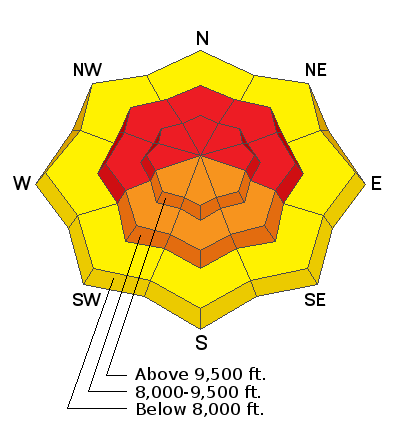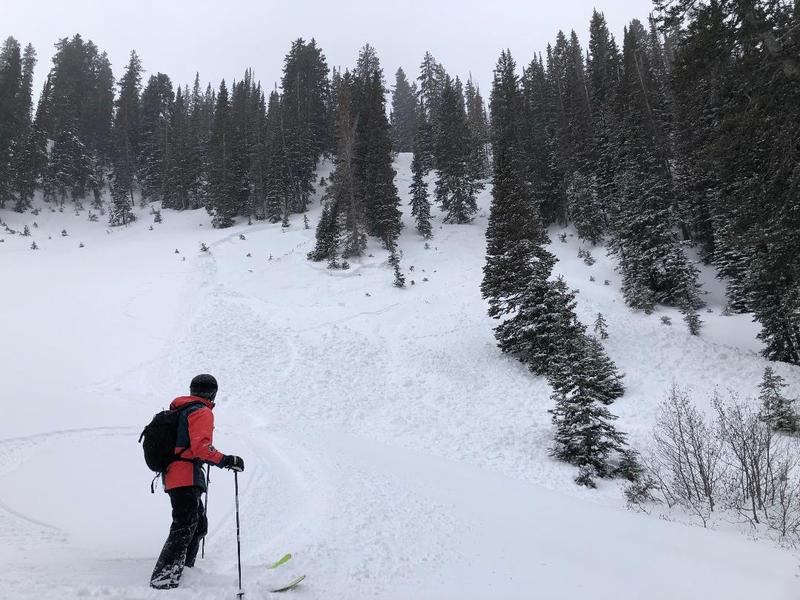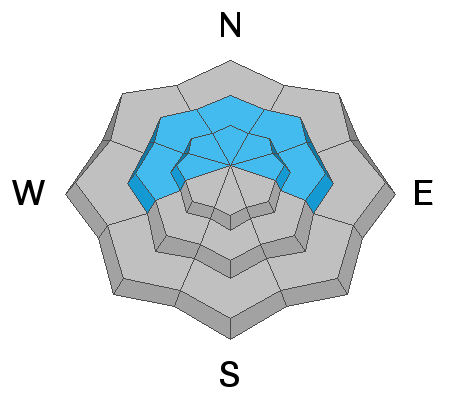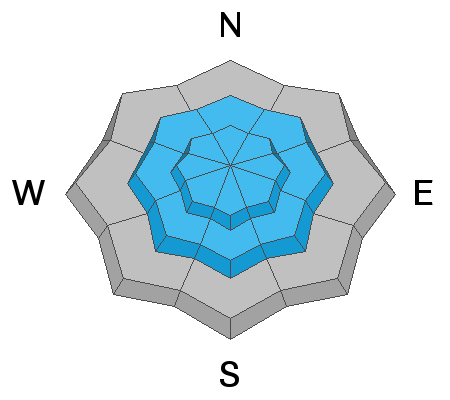Forecast for the Salt Lake Area Mountains

Issued by Greg Gagne on
Saturday morning, December 25, 2021
Saturday morning, December 25, 2021
The avalanche danger is HIGH on mid and upper elevation aspects facing west through north and east where strong winds and recent snowfall have created dangerous avalanche conditions. Both natural and human-triggered avalanches are likely. Travel in avalanche terrain is not recommended on west/north/east aspects at the mid and upper elevations.
There is a CONSIDERABLE avalanche danger on mid and upper elevation aspects facing southwest, south and southeast. Low elevations have a Moderate avalanche danger.
Increasingly dangerous avalanche conditions are expected for Sunday with heavy snowfall and strong winds forecasted.

Low
Moderate
Considerable
High
Extreme
Learn how to read the forecast here











